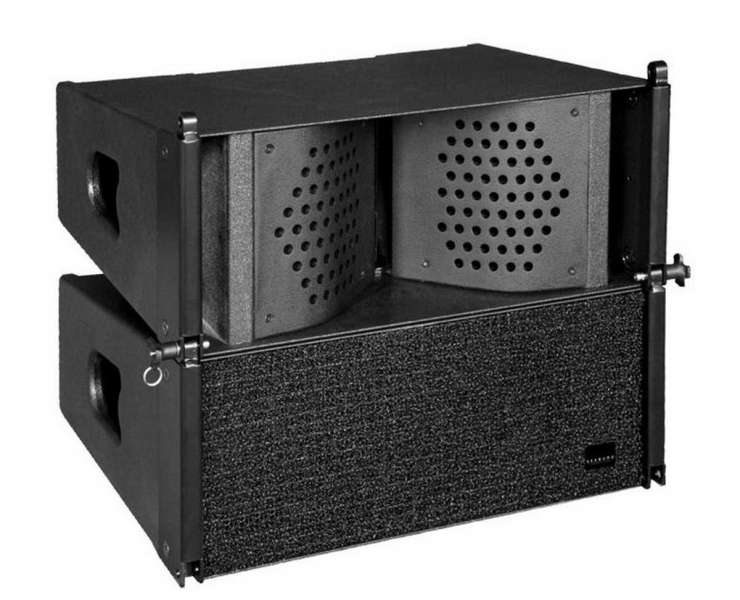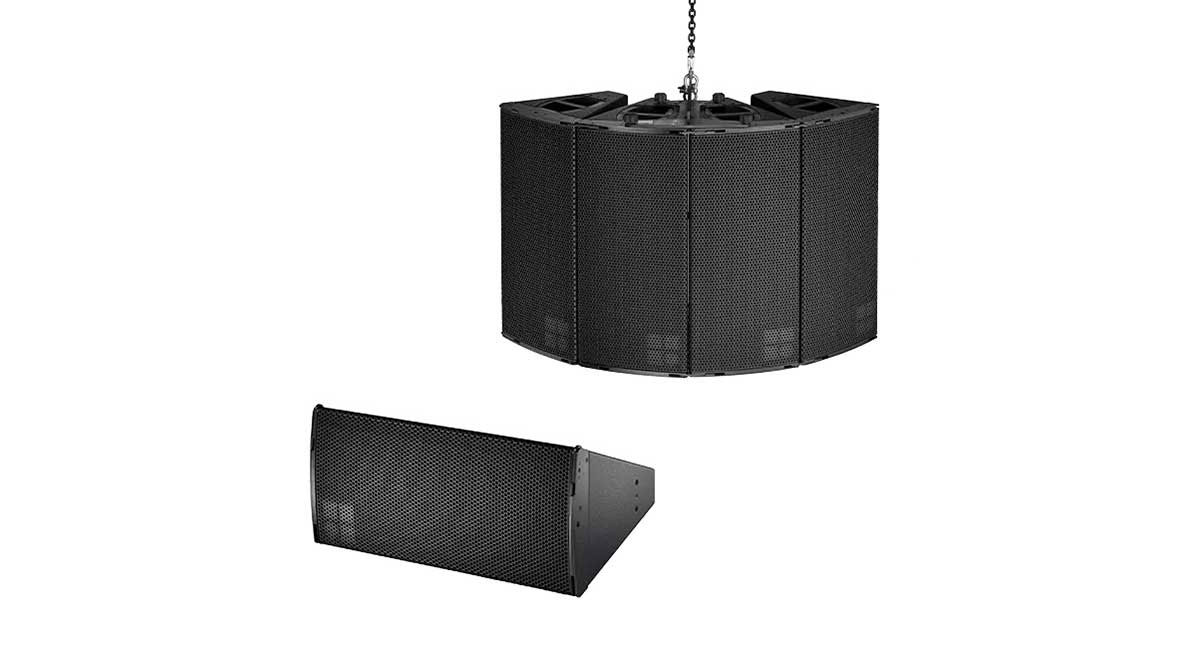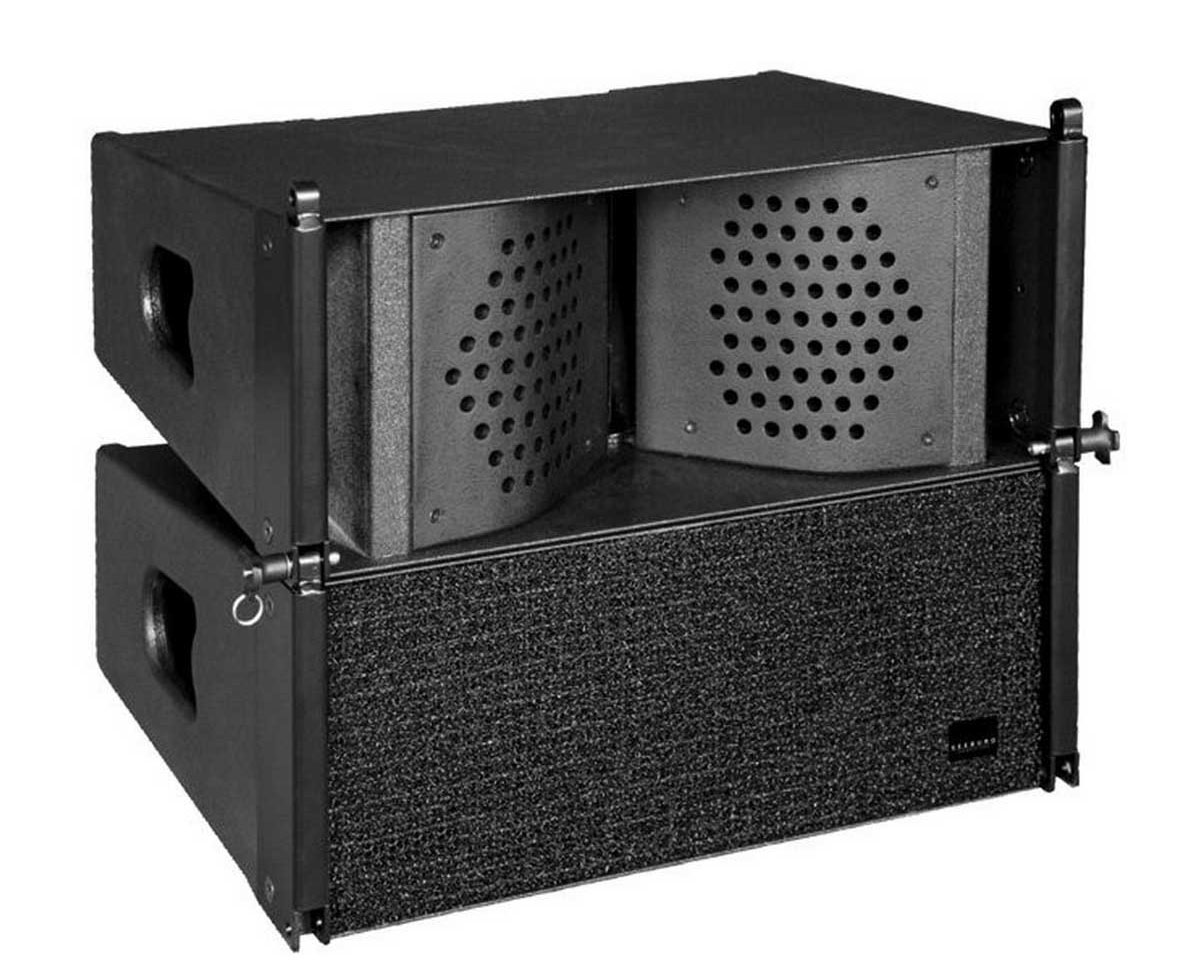What is speaker used?

|
Sound is all around us, from the music we listen to, to the voices of our loved ones. But have you ever wondered how those sounds are produced and transmitted through the air? The answer lies in speakers, a marvel of modern technology that has revolutionized the way we experience sound. If you're a beginner in the world of audio, understanding what a speaker is and how it works can seem like an intimidating task. But fear not, because in this guide, we'll break down the basics of speaker technology in a way that's easy to understand. From the components of a speaker to the different types of speakers available, we'll take you on a journey through the fascinating world of sound.
How Sound Waves WorkTo understand how speakers work, it's essential to first understand how sound waves work. Sound waves are vibrations that travel through the air in a particular pattern. When an object vibrates, it creates sound waves that travel through the air and eventually reach our ears, where they are interpreted as sound. The frequency of a sound wave determines its pitch, with higher frequencies producing higher-pitched sounds and lower frequencies producing lower-pitched sounds. The amplitude of a sound wave determines its volume, with higher amplitudes producing louder sounds and lower amplitudes producing softer sounds. Sound waves can be represented graphically by a waveform, which shows the variation of air pressure over time. The height of the waveform represents the amplitude of the sound wave, while the distance between the peaks of the waveform represents the frequency of the sound wave. Components of a SpeakerA speaker is a device that converts electrical signals into sound waves. It does this by using a combination of electromagnetism and mechanics to vibrate a diaphragm, which in turn creates sound waves. The main components of a speaker are the cone, voice coil, magnet, and suspension. The cone is a lightweight, cone-shaped diaphragm that is usually made of paper or plastic. The voice coil is a wire coil that is attached to the cone and suspended in a magnetic field created by the magnet. When an electrical signal is applied to the voice coil, it creates a magnetic field that interacts with the magnetic field of the magnet, causing the voice coil and cone to vibrate. The suspension is a flexible material that holds the voice coil and cone in place and allows them to move back and forth. The suspension is usually made of rubber or foam and is designed to be flexible enough to allow for movement while still maintaining stability. |
 |
Types of SpeakersThere are several types of speakers available, each with its own strengths and weaknesses. The most common types of speakers are bookshelf speakers, floor-standing speakers, in-wall speakers, and outdoor speakers. Bookshelf speakers are small, compact speakers that are designed to be placed on a shelf or tabletop. They are ideal for use in small rooms or as part of a home theater system. Floor-standing speakers are larger speakers that are designed to be placed on the floor. They are ideal for use in larger rooms or as part of a high-end home theater system. In-wall speakers are speakers that are installed directly into the wall. They are ideal for use in rooms where space is limited or as part of a multi-room audio system. Outdoor speakers are speakers that are designed to be used outside. They are weather-resistant and can be used in a variety of outdoor settings, such as on a patio or by a pool. Understanding Speaker SpecificationsWhen shopping for speakers, you may come across a variety of specifications that can be confusing if you're not familiar with them. Some of the most important specifications to consider when choosing speakers include frequency response, sensitivity, and impedance. Frequency response refers to the range of frequencies that a speaker can reproduce. The wider the frequency response, the more accurately the speaker can reproduce a wide range of sounds. Sensitivity refers to the efficiency of a speaker, or how much sound it can produce for a given amount of power. The higher the sensitivity, the more efficient the speaker. Impedance refers to the measure of resistance that a speaker presents to an electrical signal. Speakers with a lower impedance require more power to drive them, while speakers with a higher impedance require less power. |
 |
Setting up Your SpeakersOnce you've chosen your speakers, it's essential to set them up correctly to get the best possible sound quality. Start by placing the speakers at an equal distance from the listening position, forming an equilateral triangle with the two speakers and the listener. Next, adjust the height of the speakers so that they are at ear level when seated. Make sure that the speakers are not too close to walls or other objects that can reflect sound and cause distortion. Finally, connect the speakers to your audio source using high-quality speaker wire, and ensure that the polarity of the wires is correct. In most cases, the red wire should be connected to the positive terminal on the speaker, while the black wire should be connected to the negative terminal. Common Speaker Problems and How to Troubleshoot ThemDespite their reliability, speakers can sometimes develop problems that affect their performance. Some common problems that you may encounter include distortion, static, and low volume. Distortion can be caused by a variety of factors, such as a damaged speaker cone or a faulty amplifier. To troubleshoot distortion, start by checking the speaker connections and ensuring that the volume level is not too high. Static can be caused by a variety of factors, such as a damaged cable or interference from other electronic devices. To troubleshoot static, start by checking the cable connections and ensuring that the cables are not damaged. Low volume can be caused by a variety of factors, such as a damaged speaker or a faulty amplifier. To troubleshoot low volume, start by checking the speaker connections and ensuring that the volume level is not too low. Speaker Maintenance and CareTo ensure that your speakers continue to perform at their best, it's essential to take care of them properly. Start by keeping the speakers clean and free of dust and debris. Use a soft, dry cloth to wipe down the speakers regularly, and avoid using harsh chemicals or abrasive cleaners. Next, avoid exposing the speakers to extreme temperatures or humidity, as this can damage the components. If you need to move the speakers, be sure to handle them carefully and avoid dropping or banging them. Finally, check the speaker connections regularly to ensure that they are secure and free of corrosion. If you notice any problems with the speaker connections, such as loose or corroded wires, address them immediately to prevent further damage. Upgrading Your Speaker SystemIf you're looking to upgrade your speaker system, there are several factors to consider. Start by determining your budget and the type of speakers that will best suit your needs. Consider factors such as room size, listening preferences, and the type of audio sources that you will be using. Next, choose speakers that are compatible with your existing audio equipment, such as your amplifier or receiver. Consider factors such as impedance and power handling to ensure that the speakers will work well with your existing equipment. Finally, consider upgrading other components of your audio system, such as your amplifier or cables, to ensure that your entire system is optimized for the best possible sound quality. Conclusion: The Power of Sound and the Importance of Quality SpeakersIn conclusion, speakers are an essential component of any audio system, whether you're listening to music, watching movies, or playing video games. Understanding how speakers work and how to choose the right speakers for your needs can help you get the best possible sound quality and ensure that your audio system performs at its best. By taking care of your speakers and upgrading your system as needed, you can continue to enjoy the power of sound and the many benefits that quality speakers can provide. So whether you're a beginner in the world of audio or an experienced audiophile, don't underestimate the importance of quality speakers in delivering the best possible audio experience. |
 |
